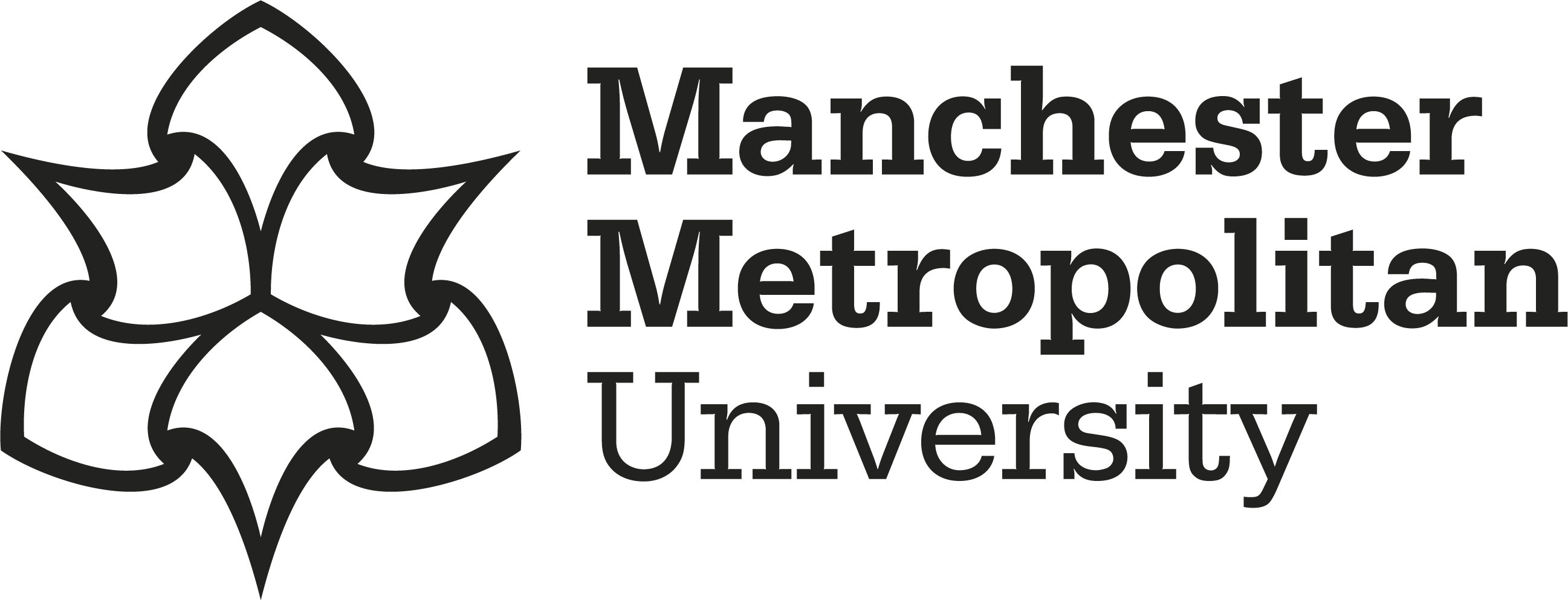Field, Adam, Sanchéz, Diego, Martinho, Diogo V., Araújo, Duarte, Gouveia, Élvio R 
|
Accepted Version
File not available for download. Available under License In Copyright. Download (261kB) |
Abstract
Understanding the training experiences of elite athletes is essential for explaining how sports expertise is attained. Insights from athletes can also inform adjustments to talent development models designed to facilitate Olympic success. The current study aims to describe the training practices of Olympic athletes and explore how these practices relate to the number of Olympic Games they have participated in. The sample consisted of 20 Olympic athletes who completed a retrospective questionnaire regarding their training and competition practices from youth through adulthood. The duration of practice varied significantly among Olympic athletes. Analysis revealed that total training time, as well as the percentage of time dedicated to velocity, strength, and conditioning practices, systematically increased during developmental years. The percentage of time devoted to technical training was higher during childhood and adolescence compared to velocity and strength training; however, it tended to decrease over this period. Notably, reaching an international competition level at younger ages was associated with more emphasis on physical conditioning through late adolescence and adulthood. However, early specialization in one’s respective Olympic sport did not correlate with achieving peak performance in adulthood. These findings provide significant insight about how Colombian athletes reached the Olympic Games.
Impact and Reach
Statistics
Additional statistics for this dataset are available via IRStats2.


